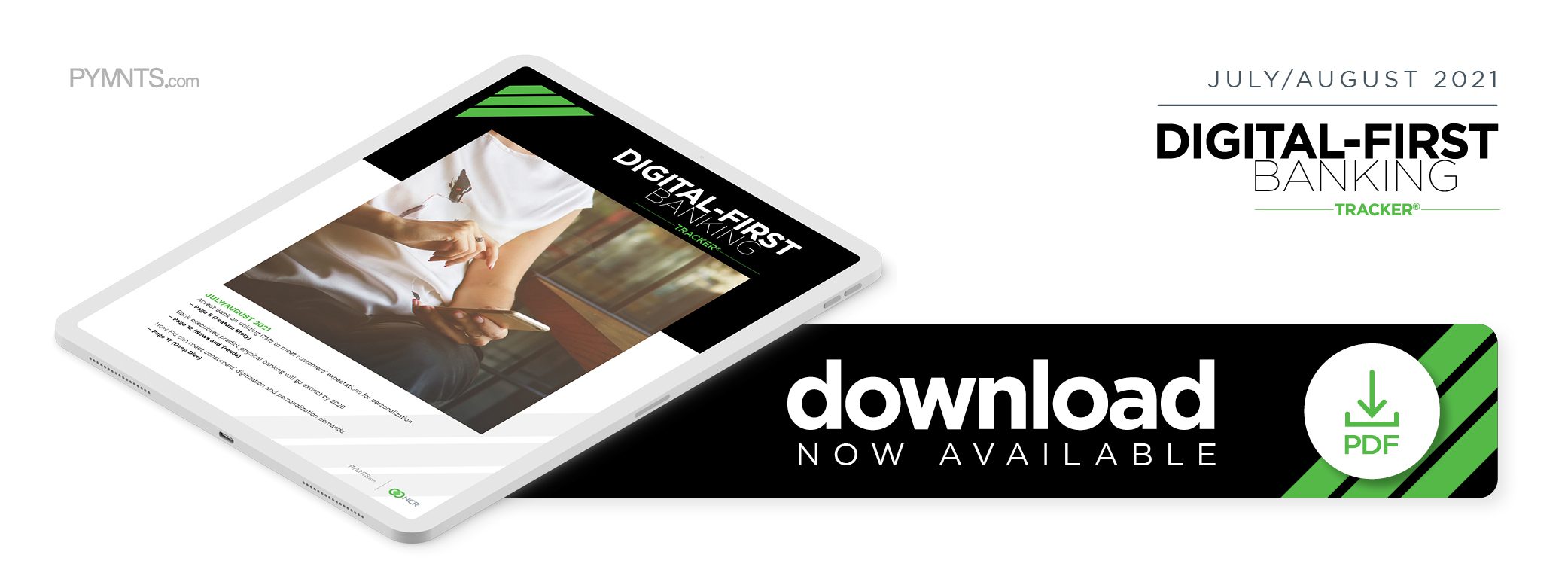How FIs Can Meet Customers’ Evolving Expectations For Digital-First Banking

The banking world has shifted immensely over the past decade, with digital interactions becoming more commonplace and digital-native bank alternatives growing in popularity. Interest kicked into overdrive over the course of 2020: 33 percent of consumers adopted digital services for the first time, downloads of mobile banking apps grew by 20 percent and almost one-third of bank customers increased their use of mobile banking.
Evolving alongside the banking landscape were customer expectations, which now largely emphasize personalized banking experiences. Banks do not seem to be meeting this challenge, however. A recent study found that 82 percent of customers expected banks to understand their individual needs, but only 38 percent said their banks are living up to this demand.
Banks will have their work cut out for them if they wish to keep their customers from defecting to FinTechs and challenger banks. The following Deep Dive explores the rapidly changing expectations of consumers and details how banks are working overtime to meet them through the use of new technologies.
How Customer Expectations For Banking Have Changed
Customers are expecting to use more digital innovations in their banking experiences, not only in their mobile and web-based interactions but also during physical branch visits. A recent survey of bank executives found that while three in five thought bank branches might become less important than they used to be, nine in 10 said that the branches still provided value to their customers. The feeling is mutual: 40 percent of customers say they want both online and physical banking, whereas 20 percent said they only desire physical banking and 29 percent wanted exclusively online options. One of the biggest reasons customers look for in-branch banking despite the rapidly expanding suite of features available online is cybersecurity. Customers feel safer from digital fraudsters when conducting transactions in person.
Customers are also looking for more personalization from their banking services, desiring banks that offer customized products specifically for them rather than one-size-fits-all solutions. This desire is largely driven by the personalization efforts they experience outside of traditional banking: 54 percent of customers report that digital-first financial services like Apple, SoFi and Quicken Loans invest more in personalization than their legacy financial institutions (FIs). Sixty-seven percent noted that their retailers offer a more personalized experience than their bank, also. A notable 97 percent of consumers said that high-quality customer service was somewhat or very important, meaning it ranked higher than low fees, fraud protection and mobile access.
Determining what customers want is the easy part for banks, however. Meeting these expectations is an entirely different ballgame. New technologies could be a critical part of delivering on these demands.
How Video Tellers And Itms Help Meet Digitization And Personalization Preferences
Banks have found in this past year that personalization and digitization have gone hand in hand with new technologies that empower FIs to meet customers where they are, both literally and financially. One of the most promising growing trends is remote video tellers, which offer customers the opportunity to talk with bank staff in real time without needing to visit a physical branch. These video tellers can be accessed via customers’ computers, smartphones or through terminals at bank branches for those who still prefer in-person visits, with the terminals allowing banks improve their efficiencies by having financial specialists work from a central location rather than be distributed among their entire branch network. Ninety-seven percent of banks that leverage video banking said their net promoter score (NPS) — a metric used to gauge customer satisfaction — was as good or better than their other channels, and 90 percent of bank customers said they would be willing to use video banking again.
Another technology critical for improving the personalization and digitization of banking services are ITMs, a more advanced version of ubiquitous ATMs. These machines improve on their ancestors’ capabilities by offering video banking services as well, allowing customers to not only conduct basic cash transactions but also open accounts, cash checks and perform other advanced transactions without visiting a branch location. Banks that leverage ITMs have managed to accelerate their drive-thru transaction times by 65 percent and improve customer satisfaction by more than 90 percent, accomplishing both the digitization and personalization objectives customers crave in one fell swoop.
Last year was a tough one for banks by any measure, with bank branches closing at record rates and customers slowing down their interactions due to economic hardships. The path forward to recovery is clear, however — it only remains to be seen how many FIs will walk it.
